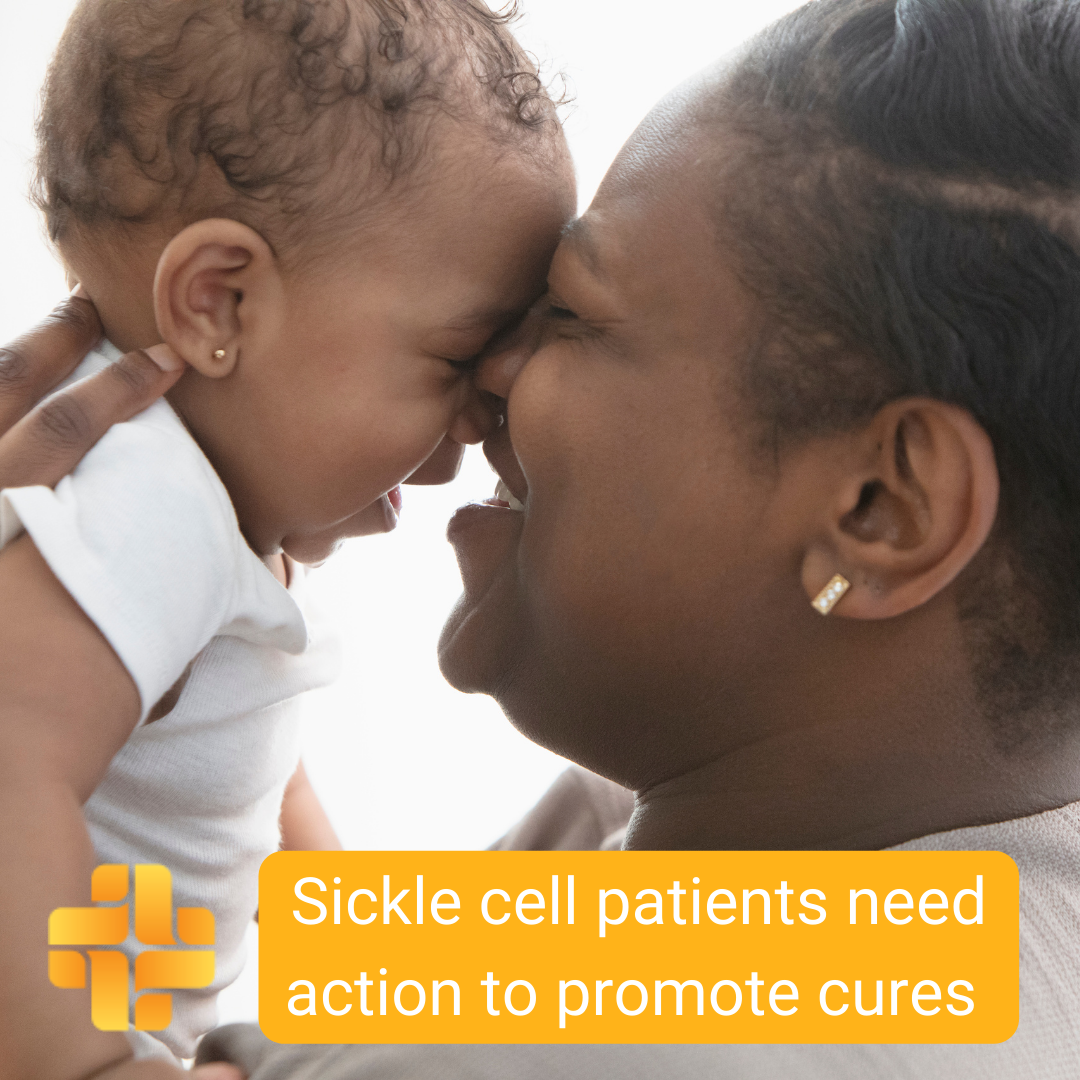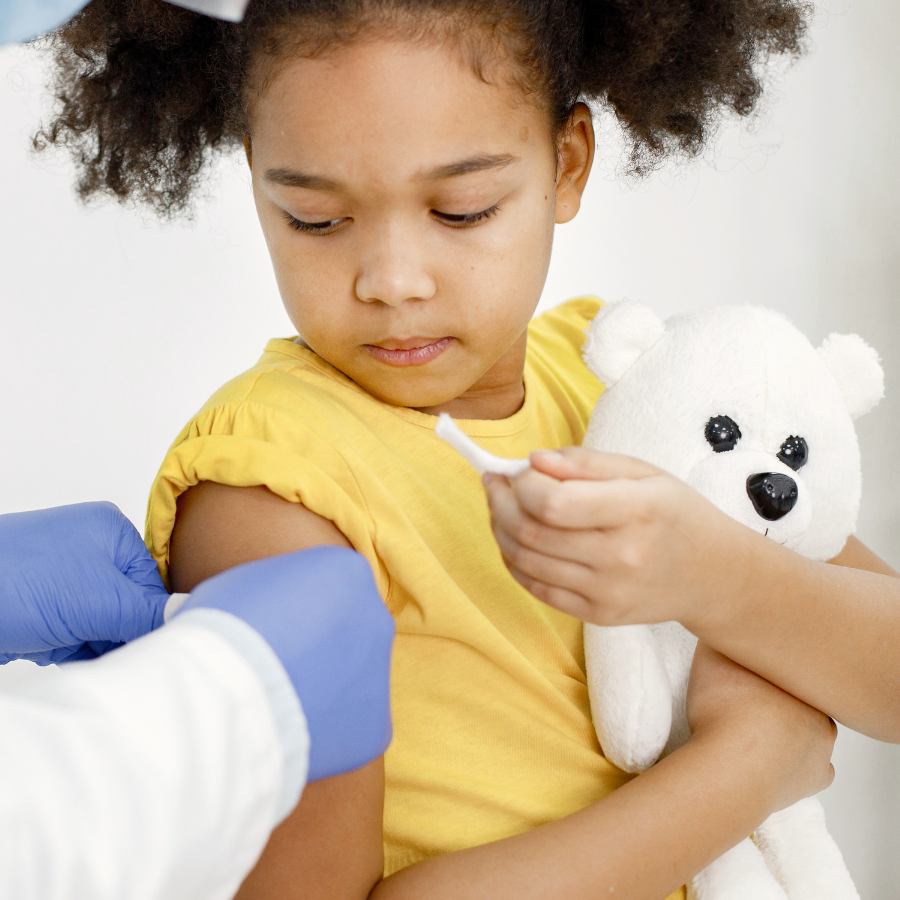by Vanessa Greene
When our country comes together to solve a public health crisis, we can do remarkable things. Diseases that were once death sentences are now manageable conditions. We have created vaccines and therapies and drugs that once seemed impossible. Now, we need to channel this innovation into a group of patients who have been quietly suffering for too long: sickle cell patients.
The reality of the sickle cell crisis is glaring, and the statistics speak for themselves. The life expectancy for people with the most severe form of the disease is 30 years shorter than that of people without sickle cell. The rate of stroke in adults with sickle cell is three times higher than rates in African Americans of similar age without sickle cell, and these patients have the highest rate of return to the hospital within 30 days of discharge.
Sickle cell disease is the most common genetic disorder in the United States. It impacts one out of every 365 African American births and one out of every 16,300 Hispanic births. The sickle cell gene is present in an estimated 3 million Americans, all of whom could pass it onto their children. If two parents carry this gene, there is a 50% chance their child will inherit sickle cell disease. Unfortunately, because of insufficient data collection, countless Americans are unaware they have the sickle cell trait.
We are facing a public health crisis primarily affecting Black and brown communities — over 80% of sickle cell patients fall into this group — but it continues to receive inadequate attention from the medical community. We have known about sickle cell disease for over a century, yet the first sickle cell drug did not even hit the market until 2018. At present there are only a few available drugs on the market, and there is no cure.
We currently do not have enough medical providers who are trained to treat sickle cell disease, leaving too many patients with few options for care. Racial stereotypes add further barriers to care, as sickle cell patients looking for pain relief are often dehumanized as “drug seekers” who exaggerate their symptoms. One study found the mean wait time for sickle cell patients at the ER was over an hour, which can endanger lives and force patients to endure extreme pain flareups without treatment. This is over 25% longer than patients without sickle cell disease.
Of the 100,000 Americans suffering from sickle cell disease, nearly half rely on Medicaid for their insurance. As Medicaid coverage is decided by states, there are stark gaps in coverage around the country for sickle cell patients. All patients are deserving of the treatments they need, and we need to make sure they have access to every available drug and therapy, no matter their background or their insurance.
Right now, there are groundbreaking new developments in cell and gene-based therapies that could potentially cure sickle cell, but this means nothing if we do not get these treatments in the hands of every single patient as soon as they are available. The Centers for Medicare & Medicaid Services, the Food and Drug Administration, and the Department of Health and Human Services all have a crucial role to play here. We need leaders at these federal agencies to promote this innovation and coordinate with state policymakers and sickle cell stakeholders to ensure patients on Medicaid have access to all treatments.
If we come together, we can finally give these patients the treatment and care they have lacked for so long.
(From an oped in the Grand Rapids Business Journel, June 24, 2022)



